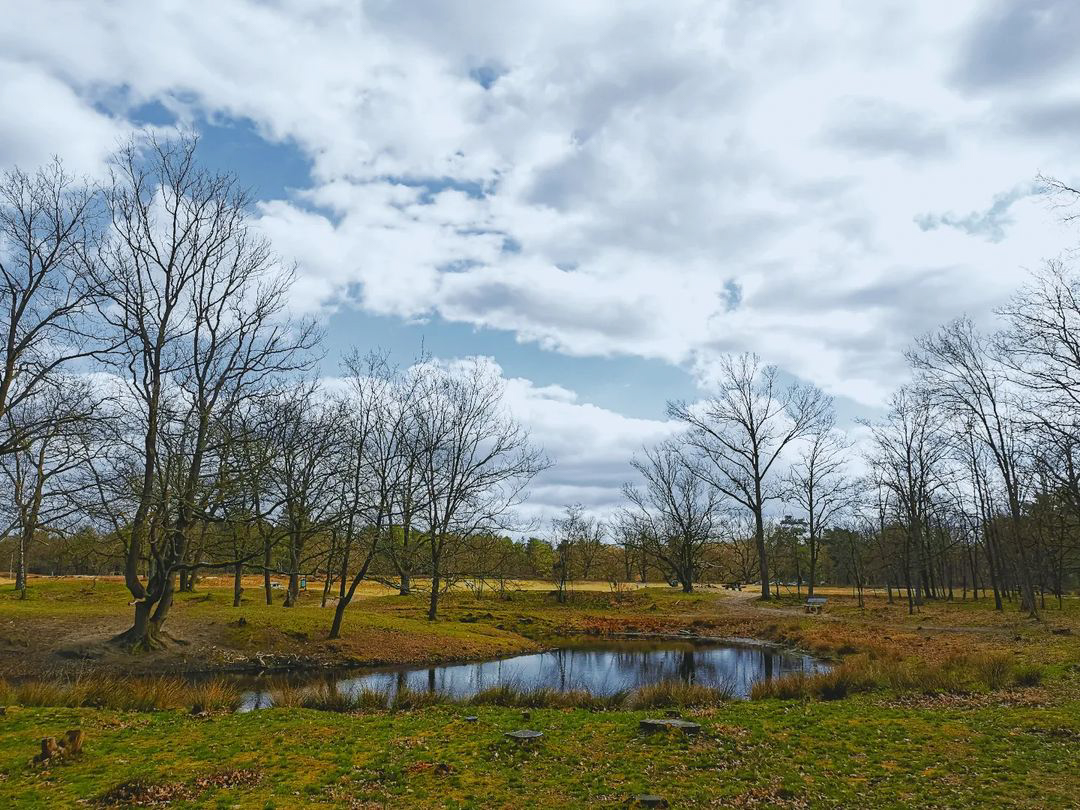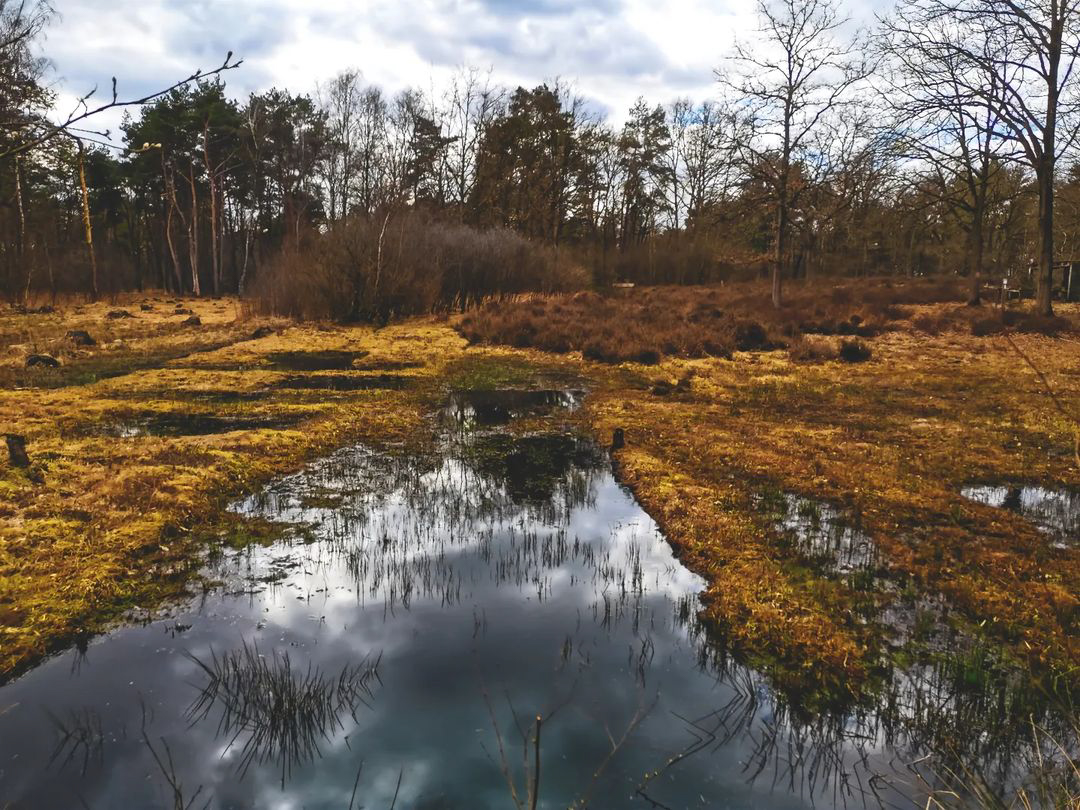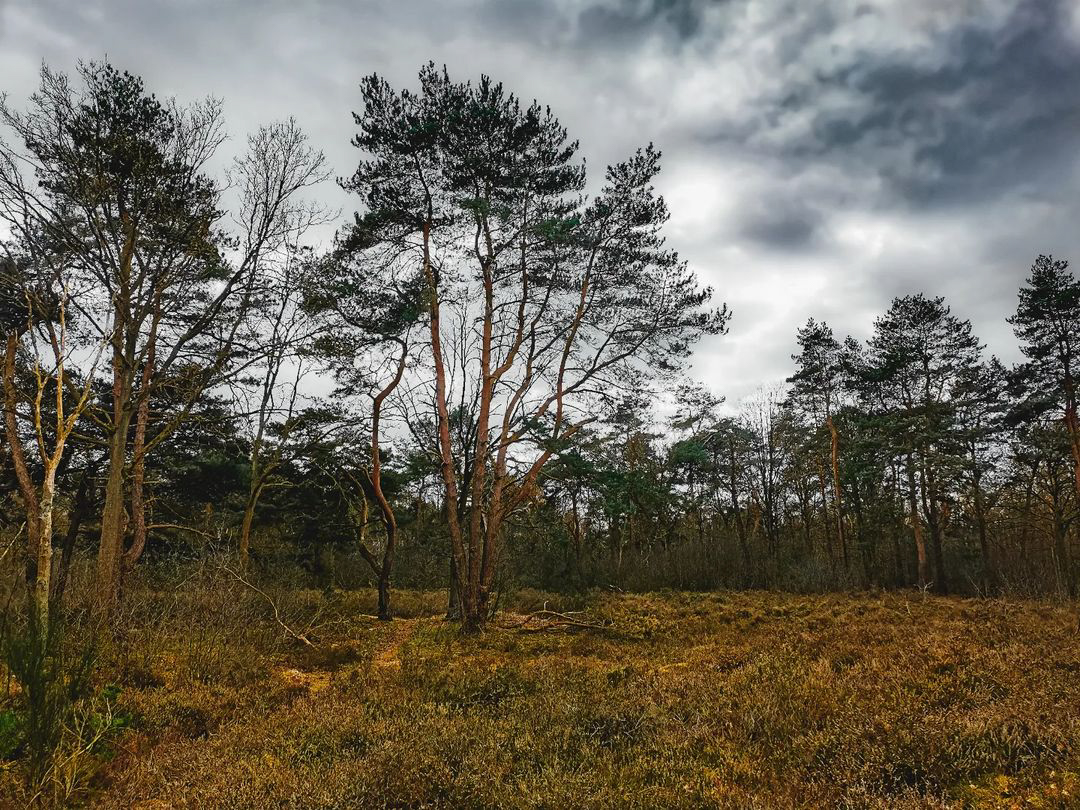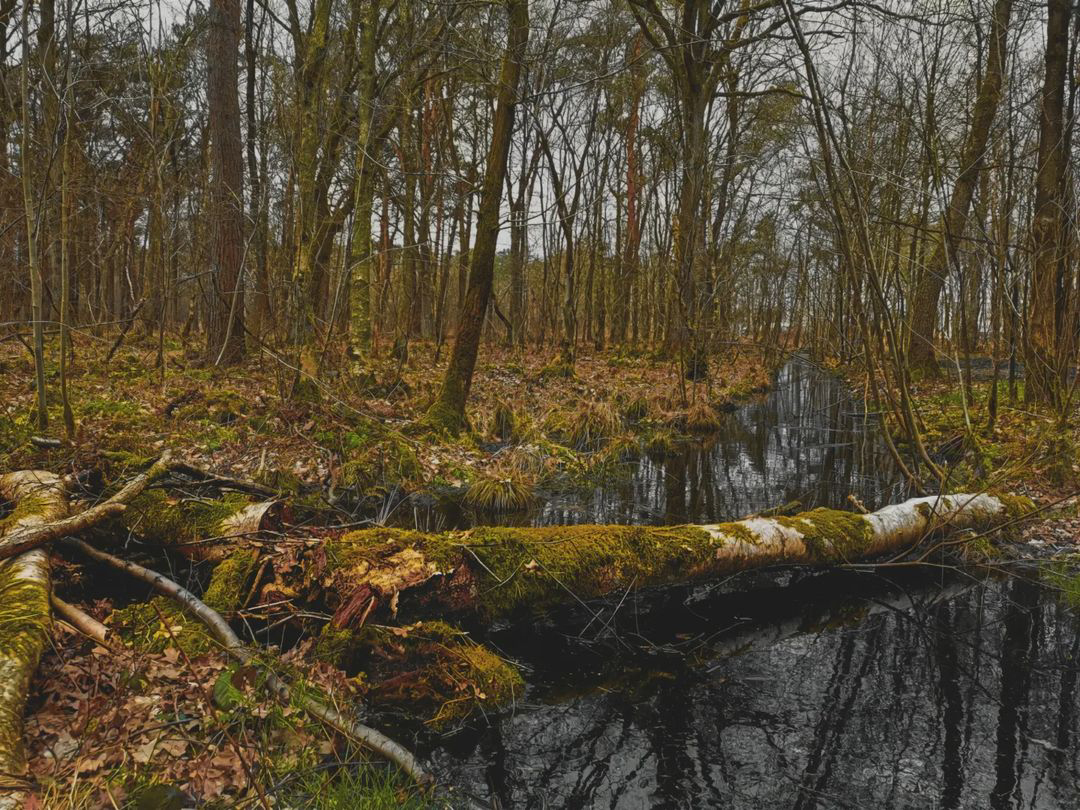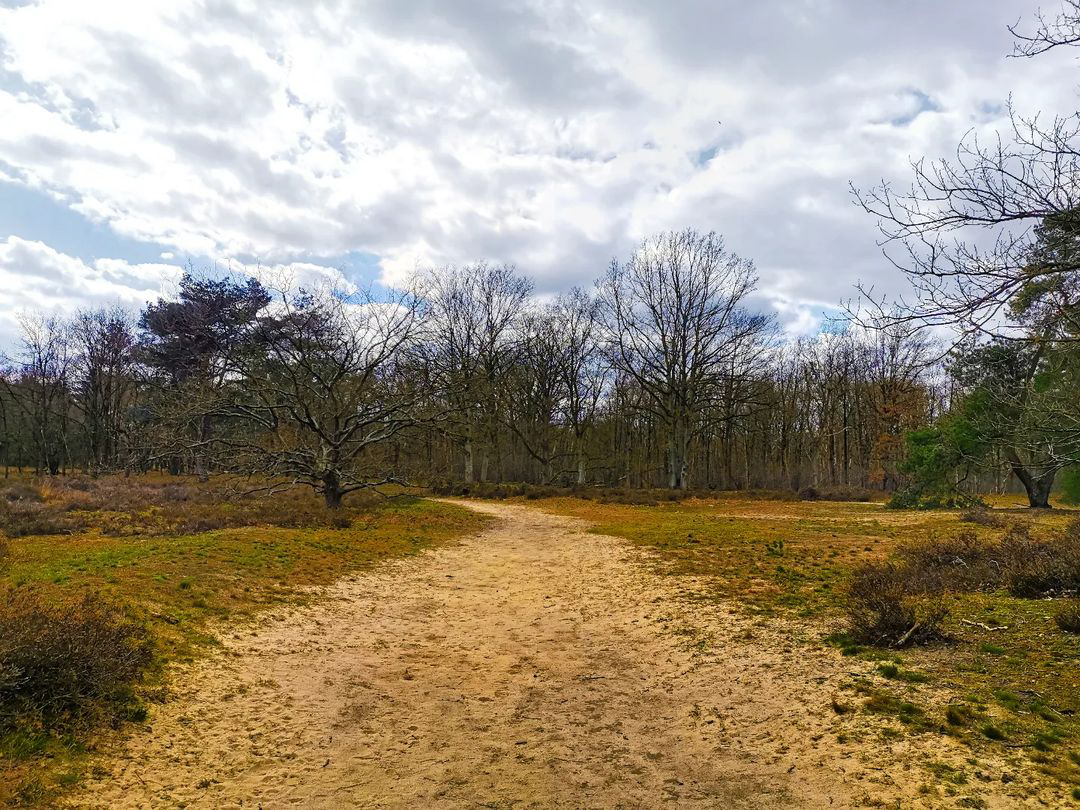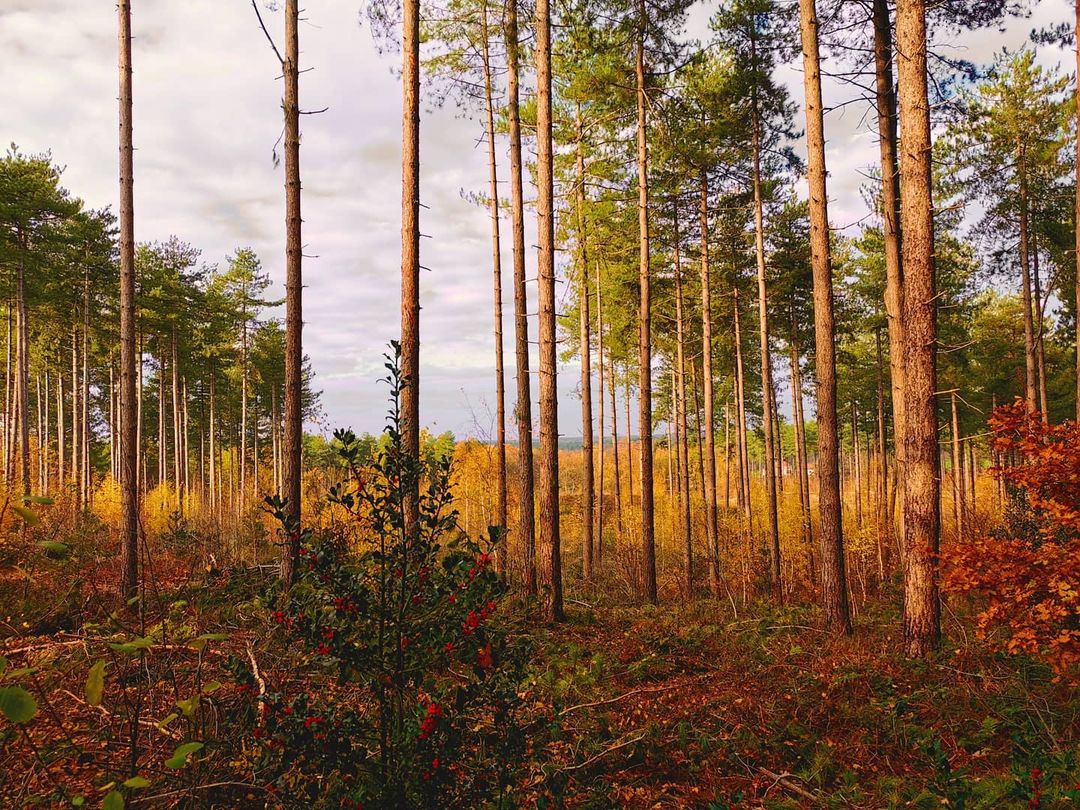The heath in Kessel, Belgium is characterized by heather, swamps, drifting sand and ponds. Heath landscapes are a beautiful example of the interplay of culture and biodiversity. 6000 years ago 80 percent of Europe was still covered by forests. Heath areas naturally occurred only in very rare cases on coasts, in moorland areas and in the mountains. Then people started to use the forests for themselves. They required grazing land and thus not only changed the landscape, but also created new habitats for many different species. The extensive use of deforested and cleared areas resulted in increasingly nutrient-poor soils and grazing animals were bred that are particularly suitable for these areas. The upper layer of soil was regularly removed, mixed with animal manure and burned or applied to fields as fertilizer. The rain washed out the last nutrients and specially adapted plant species settled there, followed by rare animals.
These unique ecosystems survive only through active human intervention, which has been achieved through centuries of heath farming. However, this type of farming has become uneconomical, and a large part of the land has been converted into arable land by applying fertiliser. Other areas became forest again because keeping animals on nutrient-poor areas is associated with lower yields. With the loss of the heathland, numerous animal and plant species are threatened with extinction. And all the beauty that has always inspired painters and poets could simply disappear. It could hardly have been the biodiversity alone that led to active conservation efforts, but rather the cultural connection to this romanticized landscape form. We keep what we find beautiful and we can only find beautiful what we can see.
🤗 For a more nuanced discussion, please feel free to use the comments section, private messages or the anonymous contact form on my website.
Details:
This post is part of the artistic performance The Happening on Instagram.
Further information about this art project
Related post on Instagram
Creator of this post is Frederic Hilpert
© File Usage Guidelines
This post on megagroundsloth.de




